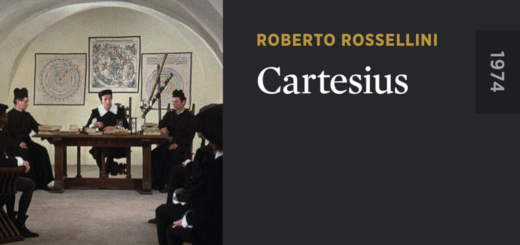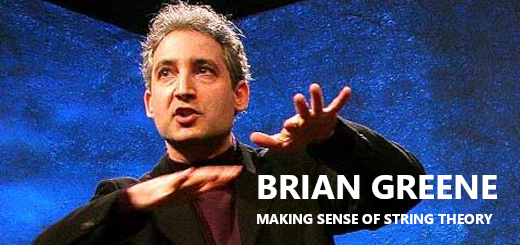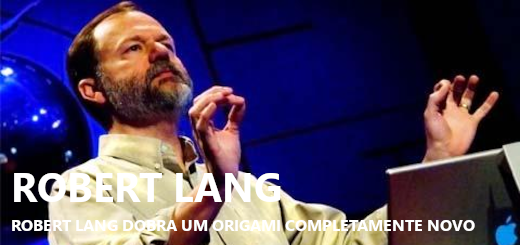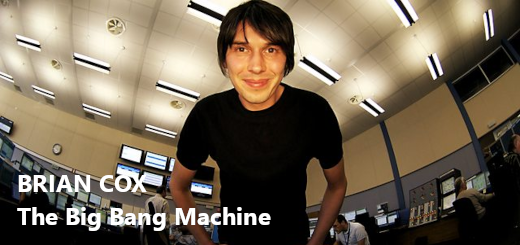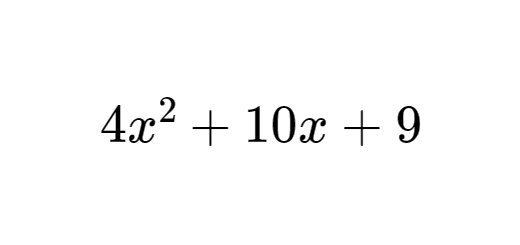Descartes
Cartesius - Roberto Rossellini
Descartes, cinebiografia do filósofo, físico e matemático francês René Descartes (1596 – 1650), considerado o fundador da Filosofia Moderna e autor da frase ‘penso, logo existo‘.
Em quase três horas, Rossellini realiza, com o seu realismo característico, um retrato da vida de Descartes e de sua busca incessante pelo conhecimento.
Acompanhamos várias décadas da vida do pensador, incluindo a escrita e publicação de O Discurso do Método e de suas principais obras, o debate em torno do … Ler mais
